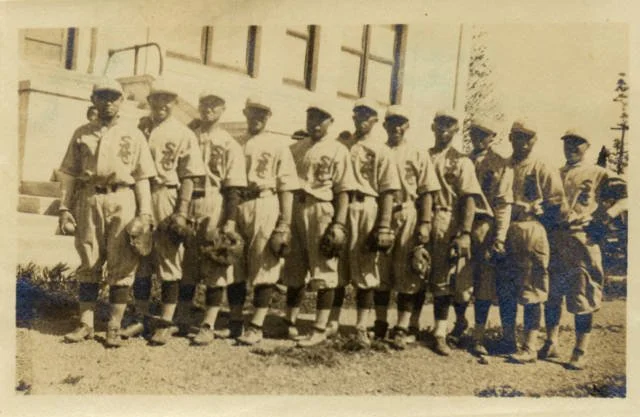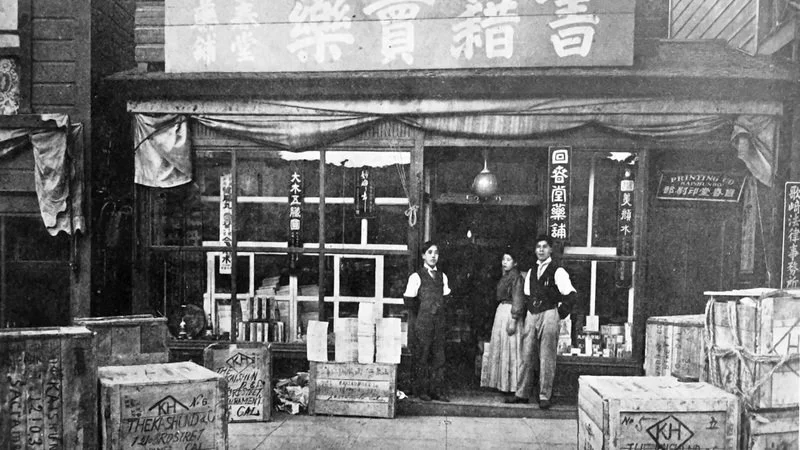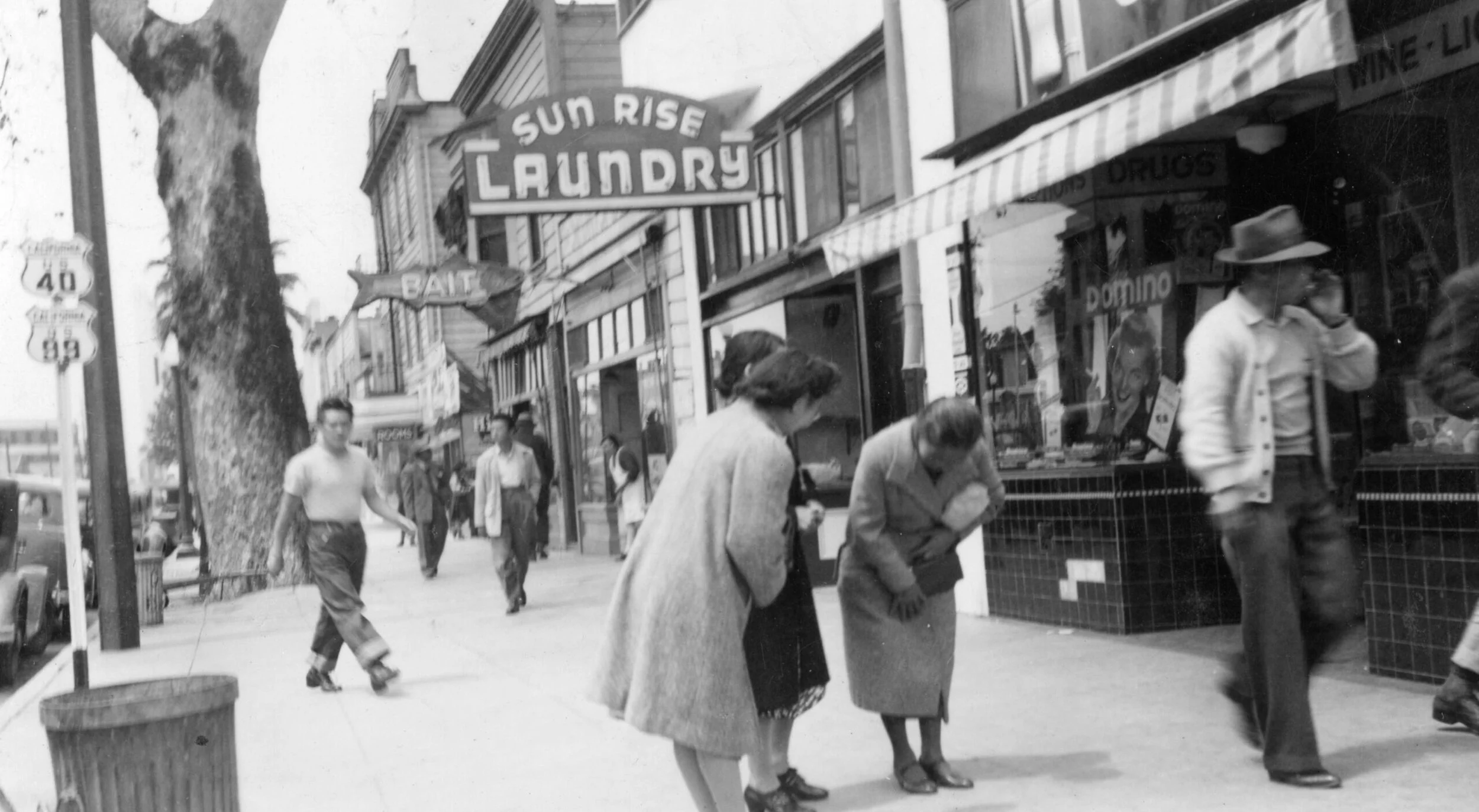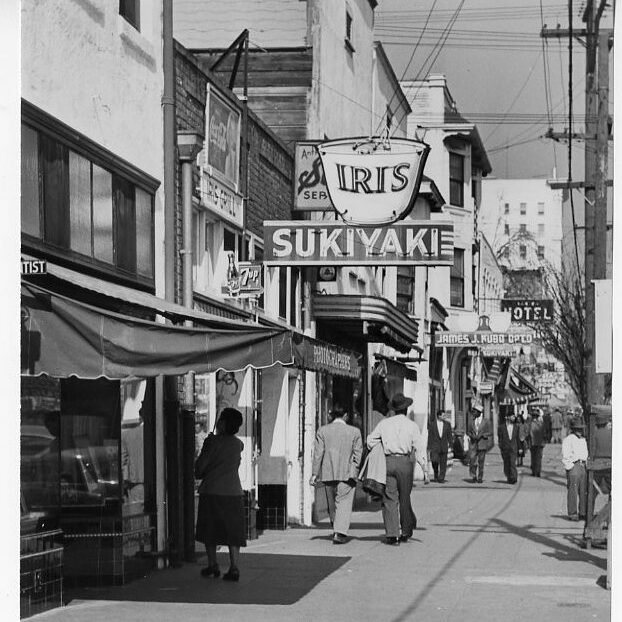Sacramento was once home to a thriving Japantown
Sakuramento, as many Japanese immigrants called it, was home to one of the largest Japanese communities in the United States.
Japantown was first dismantled when the United States incarcerated Japanese Americans during World War II.
After returning from concentration camps and rebuilding their community, the City of Sacramento obliterated it in 1954 as part of “redevelopment.”
Many Japanese Americans moved a few blocks south, and were once again uprooted to build Business-80.
1880-1942: Thriving
Japantown was part of the “West End,” which was a segregated district for “persons of African or Mongolian descent.”
Sacramento Japantown was a major hub for Japanese Americans in Northern California. People would come from around the area to sell produce, buy Japanese goods, and connect with their community.
At its peak, Japantown contained 3,500 residents and 450 businesses.
1942: Forced Removal
On May 7, 1942, the Fourth Army Command issued orders for the forced removal and incarceration of 8,600 Japanese Americans from within the City of Sacramento. They were given a week notice to pack or sell all their belongings, and were sent to concentration camps.
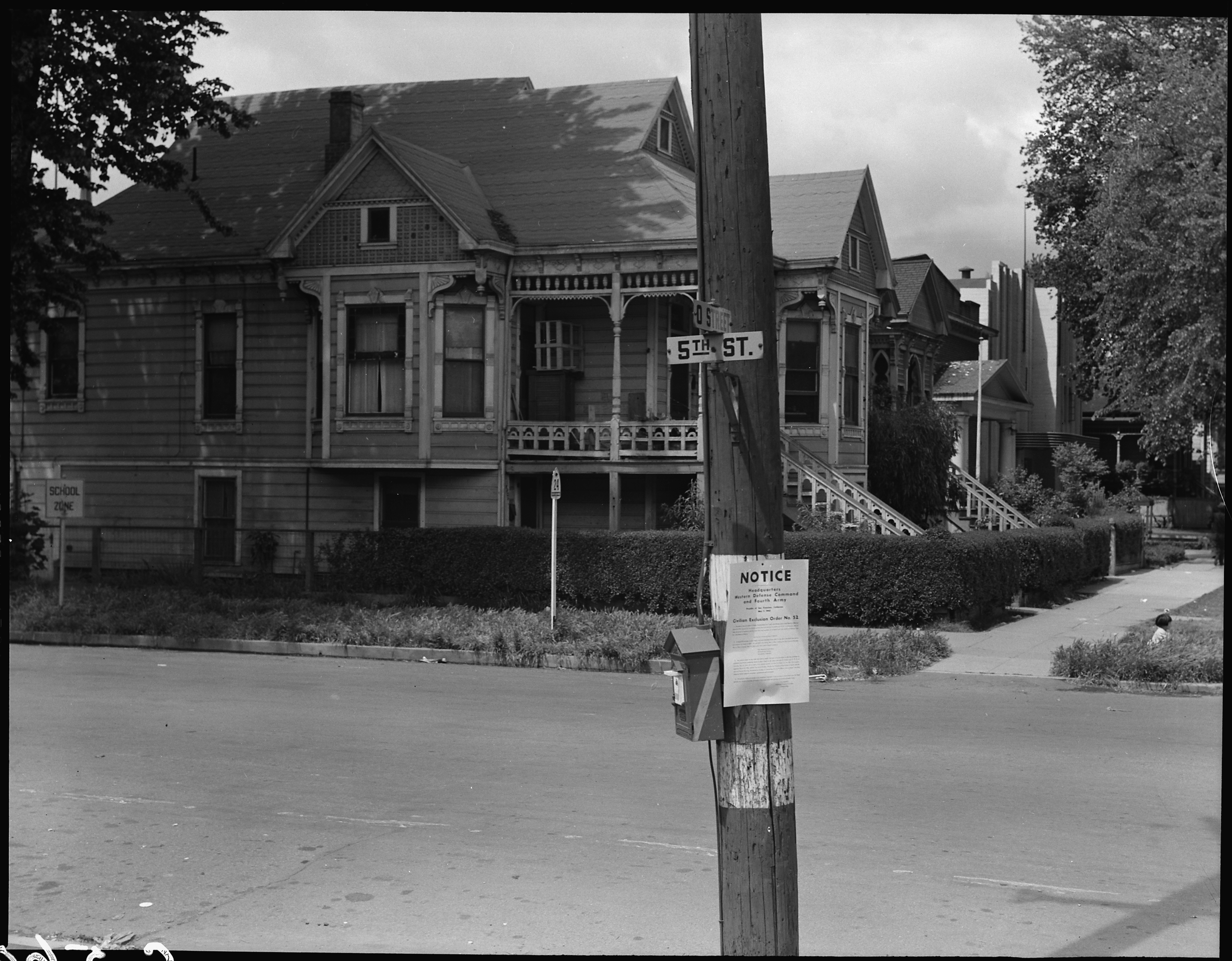
“[Japantown] has been blitzed”
—Sacramento Union
Incarceration
Most residents from the City of Sacramento were first sent to the Sacramento/Walerga Assembly Center in North Highlands, then to Tule Lake near the Oregon border.
Mitsuye Endo, a Sacramento Japantown resident, agreed to be a plaintiff in a case that challenged Japanese American Incarceration. Her case went to the Supreme Court and ended the concentration camps.
1946-1950: Return to Sacramento
On May 28, 1943, the Sacramento City Council unanimously passed Resolution 207 which stated, “we are opposed to the return of any Japanese from concentration camps to their former locations”.
The Resolution foreshadowed the unwelcome reception Japanese faced when returning to Sacramento.
By 1950, Japantown had recovered despite its complete devastation during World War II. By 1954, 80% of the city’s Japanese-owned businesses and homes stood in the eight-block area between L and P Streets and Third and Fourth Streets.
1950-1961: Redevelopment
In 1950, the City of Sacramento proposed the Capitol Mall Project, a plan to connect the State Capitol building to the riverfront, a path that went straight through Japantown.
The Japanese community felt unfairly targeted. The proposed forced relocation now came under the guise of “civic progress” rather than the former “military necessity”.
In response, the Japanese American community formed the Japanese American Redevelopment Study Association (JARSA) to oppose redevelopment.
Despite JARSA’s best efforts, on July 22, 1954, the Sacramento City Council unanimously approved the agency’s Capitol Mall Project.
By March 1961, all 310 parcels in the area had been demolished.
1967: Destroyed, once again.
During redevelopment, many of the residents and businesses relocated to 10th street between W and T streets.
Then in the 1960s the construction of Business-80 and Highway 50 went straight through the middle of this budding Japantown, forcing residents to uproot their lives once again.
Today
Today a few businesses remain in Japantown.
The Nisei VFW Hall and Nisei Barbershop are at 4th and O street, near the heart of the original Japantown.
Along 10th and W street are Osaka-ya, Royal Louis Florist, Sacramento Japanese American Citizen’s League, and Sacramento Buddhist Church.







